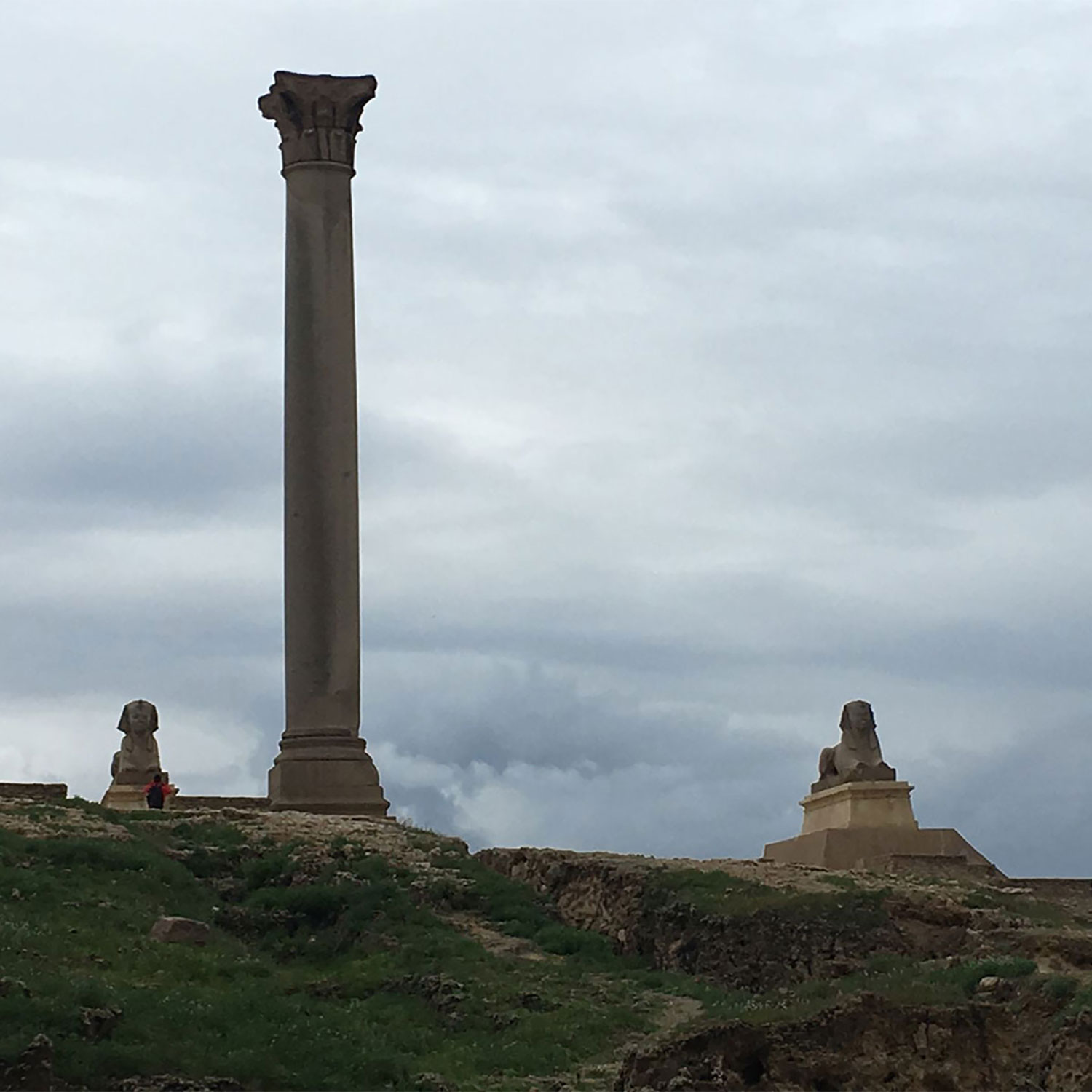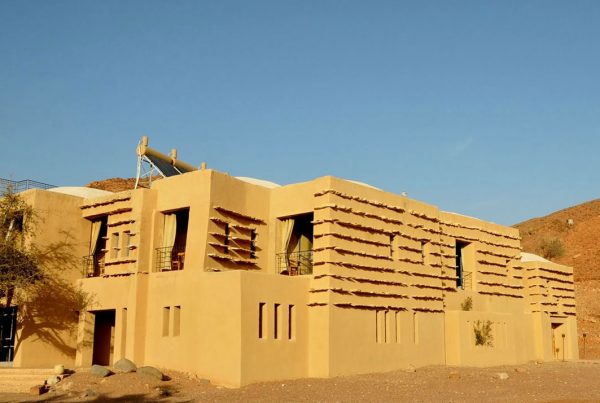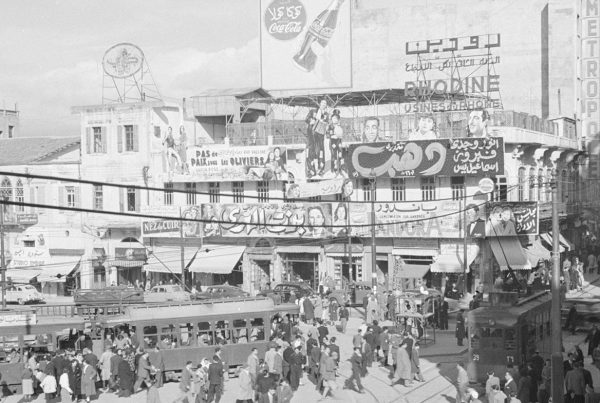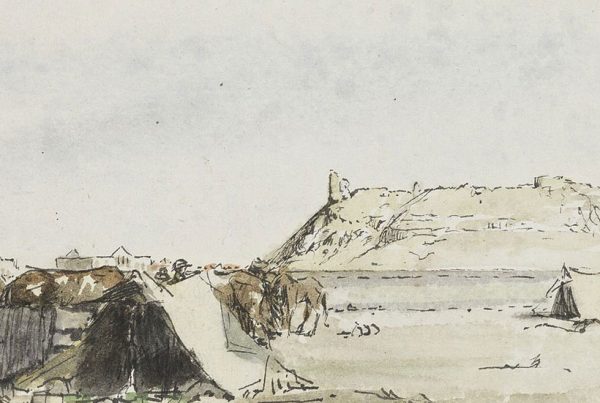Throughout history, subterranean architecture was implemented by several civilizations, seeking shelter either from natural factors, invasions or religious discrimination. This kind of structure can be observed in different locations around the MENA region. For instance, Matmata underground dwellings in Tunisia were built by the local Berbers in the shape of several “troglodyte”. Such structures have the aim of protecting its residents against the harsh deserted climate. On the other hand, Kaymakli underground city in Cappadocia, Turkey, was built by carving passageways and caves through the soft volcanic rocks. It served as a military base against different waves of religious persecution over time. Lastly, Umm Suweid (Hurvat Itri) located in the occupied territories of Palestine, is an underground archaeological site, which once hosted a synagogue, wine presses, cisterns, and ritual baths. The secreted village was used as a refuge for Jews against the Roman rulers.
Digging more into the book of history, less famous underground structures are laying back in an old and neglected district in Alexandria, Egypt. Known as the jewel of the Mediterranean, Alexandria is located on the Northern Coast of Egypt, where several civilizations and cultures have left their traces on its land. In the district of Karmouz, on the Western part of the city, two massive underground structures are located, Pompei’s pillar and the “Kom El Shoqafa” catacombs.
Pompei’s Pillar
Pompei’s pillar is a roman triumphal column. It has been estimated that is was part of a portico containing around 400 columns. Its location on a natural hill gave it an astonishing character of grandeur and highness. This characteristic was employed by Napoleon in a portrait of him sitting on top of the pillar, conveying his reign over the Ottoman territories of Egypt and Syria in the late 18th century. Beneath this splendor, lies the ruins of the great Serapeum temple. Named after the hybrid Greco-Egyptian God of Alexandria, Serapis, the temple was also the ‘daughter library’ of the Great Library of Alexandria. The Greek temple is constituted of a series of tunnels, which accommodated several facilities, such as the library, a sanctuary, a Nilometer, and the Piscina. The library and the sanctuary were buried underneath the temple in order to clear the way for a majestic image.
Contrasting with the purposes of underground construction, this temple was built as an intellectual and religious center of the Mediterranean. It was once called the Acropolis of Alexandria. Nowadays, very few ruins are remaining from this temple, the pillar and the tunnels are the only survivors against time. The area is now surrounded by high residential buildings, concealing the view of the pillar from a distance. The greatness of the site is only felt inside the protective walls erected by the Ministry of Tourism and Antiquities.
Kom El Shoqafa Catacombs
Another subterranean structure is located only 10 minutes away from the former site, it is “Kom El Shoqafa” catacombs. Considered as one of the Seven Wonders of the Middle Ages, this structure served as a necropolis for Alexandrians, Greeks and early Romans. Due to the large time frame it occupied, the tomb has features from Roman, Greek and Egyptian cultural points.
The entrance to the underground cemeteries is through a cylindrical shaft, located in the middle of an open museum of cemetery structures, gathered from different locations around the country and brought to this site. After descending through the relatively small shaft, a central atrium is encountered. It served for lighting and ventilation. On the left of this rotunda, a gathering room is located, it contains stone benches for the deceased family to sit and pray. Directly opposed to the rotunda, the main burial chamber is positioned. Only important people were buried in this chamber, which contains three sarcophagi. This chamber is guarded by two falcons and two giant serpentine statues.
Around this chief chamber, a massive U-shaped burial hall, the Hall of Caracalla, is found. This hall is composed of two rows of square chambers, where the deceased bodies were placed after mummification. These chambers are quite similar to the modern day’s mortuary found in hospitals, except they lack the present HVAC system. Nevertheless, a natural air conditioning system is employed all around the underground chambers with a buried duct system. Its purpose wasn’t only to ventilate the structure but also to protect the bodies against moisture and molds.
Closure
Wandering around such astonishing structures that have stood the test of time, one can only be left speechless in front of these exceptional constructions and designs. Humanity has a long history of utilizing underground spaces. However, subterranean constructions present a challenge of the careful consideration of several elements, such as lighting, ventilation, function, and the depth of the underground water. Drawing upon mankind’s experiences from the past, such structures can be employed for future needs. The world nowadays is facing cruelty, either from mankind or from nature. Can this kind of architecture be developed to host war refugees and/or environmental refugees?









